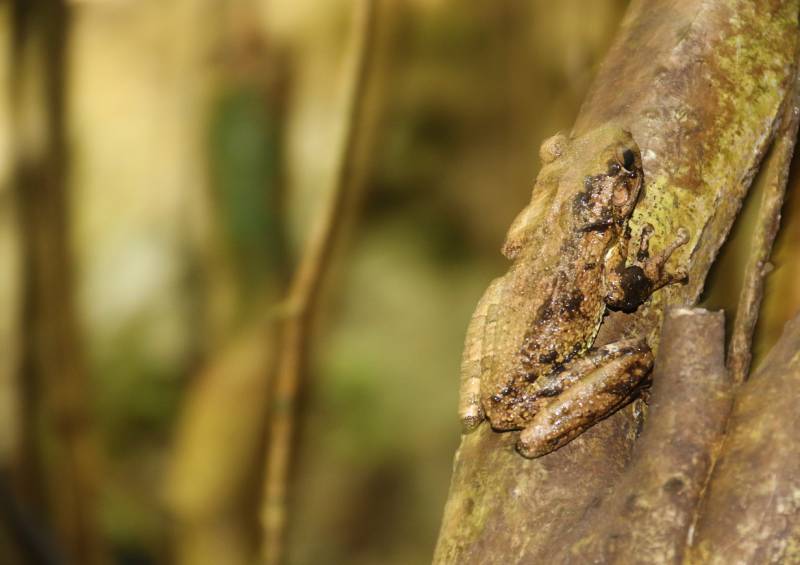Primeval Forest National Park
est. 2002
About
Remarkably undisturbed, this old-growth woodland is representative of the early evergreen tropical hardwood forests of the Bahamas. Located in southwestern New Providence, the area is easily accessible by car. It features dramatic sinkholes - unique limestone caverns up to 50 feet long, 30 feet wide, and in some cases 30 feet deep. The most notable features are accessed by boardwalks, steps and bridges. The Primeval Forest supports a diverse collection of plants and animals.

Boardwalks and Trails
There are access boardwalks and trails in this park.

Bird Hotspot
This park has high bird activity.

Warden
This park has an active warden.

Restrooms
This park has restroom facilities available.

Visitor's Center
This park has a visitor’s center.
BNT tour guides are available only by arrangement
*Excluding during the Christmas and New Years related holidays
Enter the Forest Primeval.
Though all the others we had seen were beautiful, green and fertile, this was even more so. It has large and very green trees, and great lagoons, around which these trees stood in marvelous groves. Here and throughout the island the trees and plants are as green as in Andalusia in April. The singing of small birds is so sweet that no one could ever wish to leave this place. Flocks of parrots darken the sun and there is a marvelous variety of large and small birds.
– The Journal of Christopher Columbus, describing old growth Bahamian forests.
Today, there is little appreciation for the ‘bush’ that grows on the side of the road. However, if we stop to look closely, we can discover a world of biodiversity hidden in plain sight. Back in the time of the Lucayans, the original, old-growth forests of the Bahama islands had a canopy that towered around 50 feet and mighty trees that covered many of the islands. Today, the Primeval Forest National Park is one of the last remaining places to see the blackland coppice that once covered the island.

History
A Time Capsule - preserving the Bahamian forest of old.
In the early 1990s, members of the BNT recognized that the forest and karst features in an area in southwest New Providence represented both one of the last remaining blackland coppice stands on the island, and an exceptional example of the unique geology of The Bahamas. Largely on the initiative of the then BNT President, Mr. Pericles Maillis, the BNT purchased a portion of the area with donated funds. Following this the BNT would begin to acquire other lots in this area through various means.

Cuban tree frog | Osteopilus septentrionalis
As a rare, virtually undisturbed example of original vegetation on a complex karst base, the park provides a benchmark for a broad range of studies and research related to the impacts of development on the original ecology of the Bahamas.

